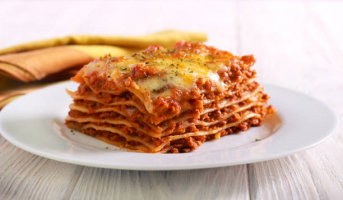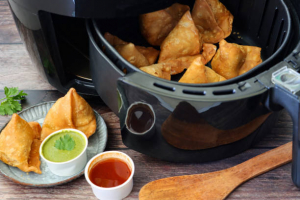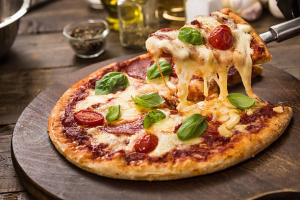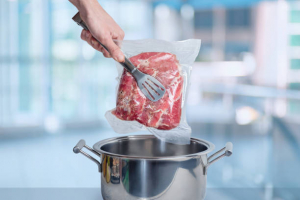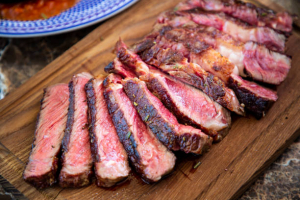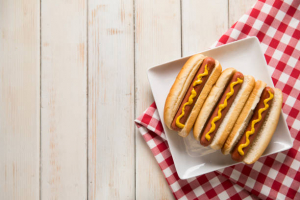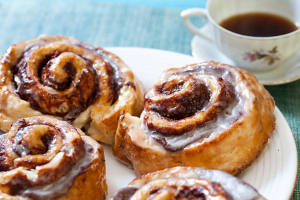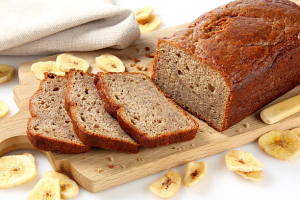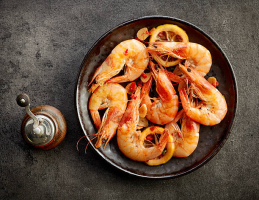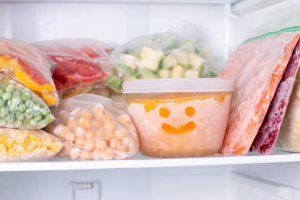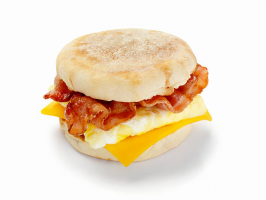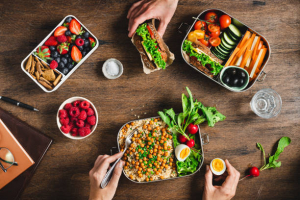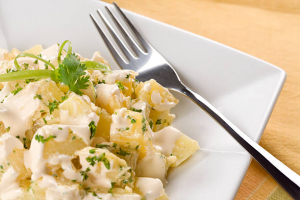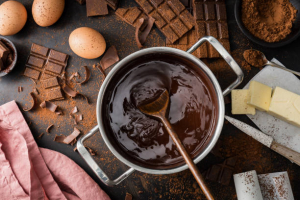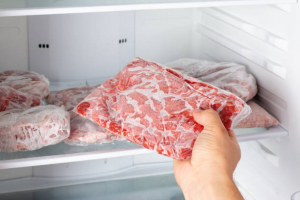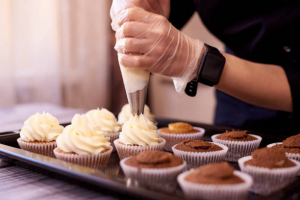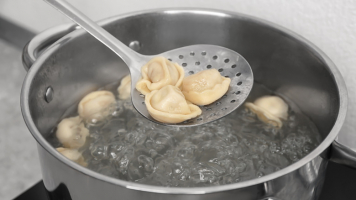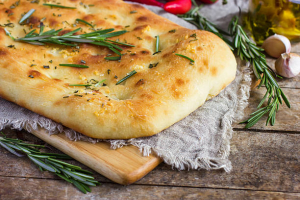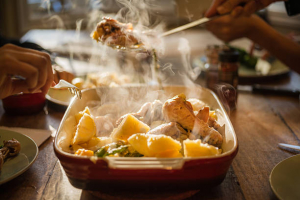Top 11 Biggest Mistakes Everyone Makes With Eggs
The gift that keeps on giving is eggs. They're high in protein and vitamins and can be prepared in a variety of ways. Eggs come in a variety of flavors, from ... read more...scrambled to boiled. Though salt and pepper aren't required for a savory egg-eating experience, seasoning the item always helps it taste better. Even though eggs are simple to make, you're probably making a lot of mistakes while making them. Read on for more information.
-
Why should the temperature of eggs before cooking matter? After all, they'll be fried in a frying pan, right? While fresh-from-the-fridge eggs may produce an adequate scramble, allowing them to sit out and reach room temperature will prevent them from steaming when frying. That being said, if you pour a little water into the pan while making sunny-side-up eggs and then cover the pan, the tops will cook while the yolk will remain runny.
If the eggs are not cooked at room temperature, a cold egg may take longer to fully cook. This is because the egg white will struggle to leave its runny stage, potentially overcooking the yolk (via The Guardian). Overcooked eggs are one of the worst breakfast mistakes you can make, especially if you enjoy dipping your bread or potatoes into a perfectly-made egg center.
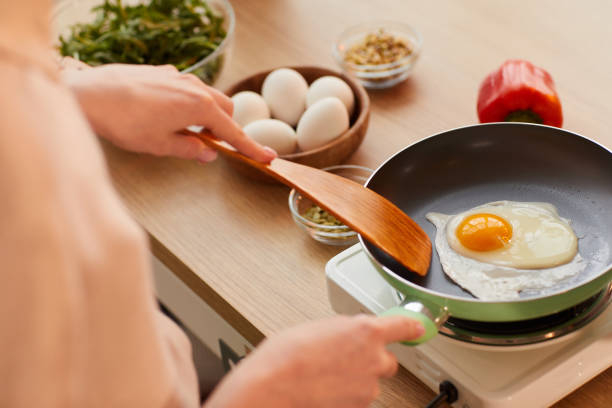
Not using room temperature eggs when you're frying them 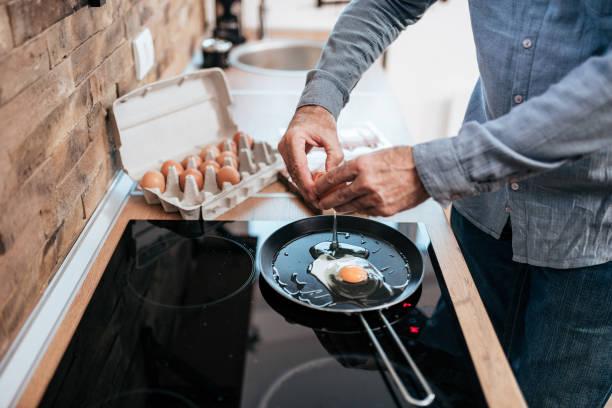
Not using room temperature eggs when you're frying them -
A lot of people cracked eggs on the rim of a mixing bowl. And the eggs were often perfectly cooked. However, this is an egg mistake you probably didn't even realize you were making. If you're not supposed to crack eggs in the mixing bowl, where should you crack them? Simple. On the kitchen counter. According to The New York Times, this prevents bacteria from entering the bowl, which is especially important if you mix other ingredients in your egg bowl.
It's also possible that eggshell fragments will end up in the bowl. Furthermore, cracking eggs in a bowl can cause the yolk to break. If you want to avoid bacteria, broken shells, and possibly fractured egg yolks, a flat surface is the best place to crack your eggs. Nonetheless, there have undoubtedly been worse food crimes.
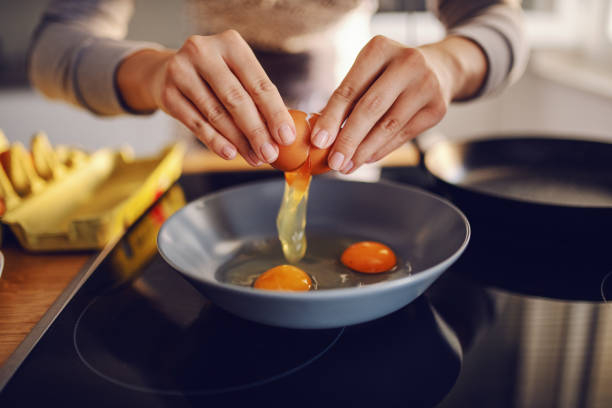
Cracking eggs on the mixing bowl 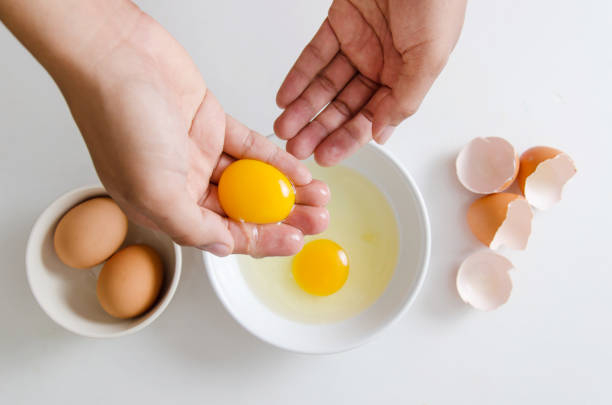
Cracking eggs on the mixing bowl -
Eggs are a lovely, delectable food, at least when cooked to perfection. If you make a mistake, such as overcooking your eggs, you might as well eat flavorless rubber. The key is not to overcook your eggs, as this may result in the egg white cooking faster than the yolk.
Reduce the temperature to medium. That's all there is to it. Of course, the same logic should apply when making scrambled eggs. Though it is critical to thoroughly cook your scrambled eggs, turning the heat up too high may result in eggs that are either dry or cooked too quickly. Furthermore, if the heat is too high, it is more difficult to control how the eggs cook because they may cook too quickly (via Well+Good). You want your eggs to cook evenly, which is difficult to do when the heat is high. Maybe you're hungry and want some eggs, but there's no reason to rush a process that doesn't take long.
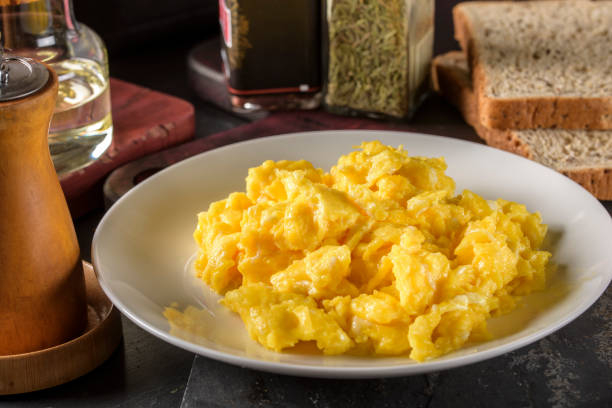
Overcooking your scrambled eggs 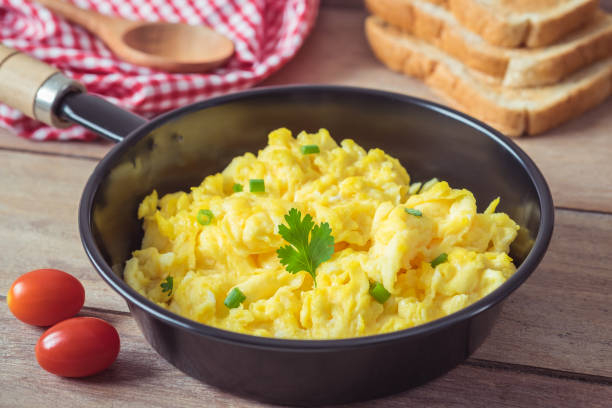
Overcooking your scrambled eggs -
It only makes sense to thoroughly cook food, especially eggs. In other words, you want to cook the eggs until they are fully cooked. However, if you cook eggs until they are fully cooked, you risk overcooking them, resulting in that dry and lifeless texture that turns a good egg into a bad egg. So, how do you avoid the egg blunder?
Well+Good explains that you remove the eggs from the heat when they are slightly undercooked. What's the reasoning behind this? With residual heat, eggs continue to cook. The eggs should be fully cooked by the time they go from pan to plate to table to mouth, but not overcooked and dry. Perfectly fluffy eggs that taste like they were prepared by a top chef. They weren't made by a top chef; you did it in the comfort of your own kitchen. While cooking the perfect egg may appear to be a culinary miracle at this point, these errors are easily corrected.
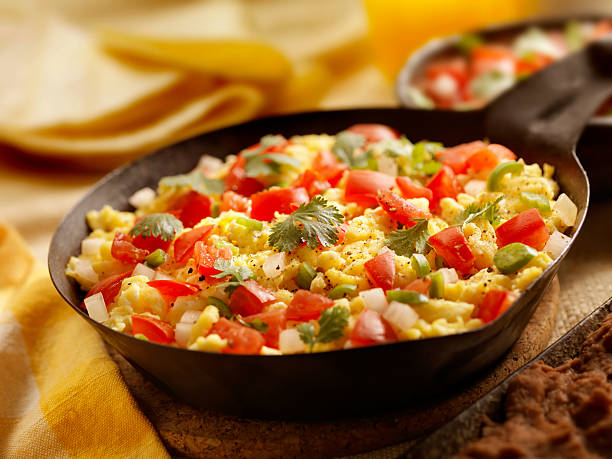
Cooking eggs until they're finished 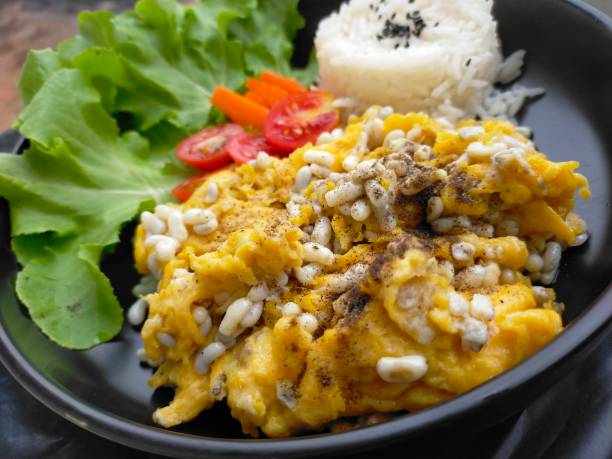
Cooking eggs until they're finished -
If you don't whisk your scrambled eggs enough, you're probably not making restaurant-quality eggs. The key is to thoroughly whisk them in a bowl before adding them to the pan. The idea is that the whisking process creates air, which results in fluffy eggs.
Making cloud-like eggs may require more steps than you previously thought. Remember that even if you whisk your scrambled eggs thoroughly, you'll still need to remove them from the heat before they're fully cooked because they'll continue to cook in the residual heat. However, if you don't use a nonstick pan, you could follow this step and still not get the egg of your dreams.
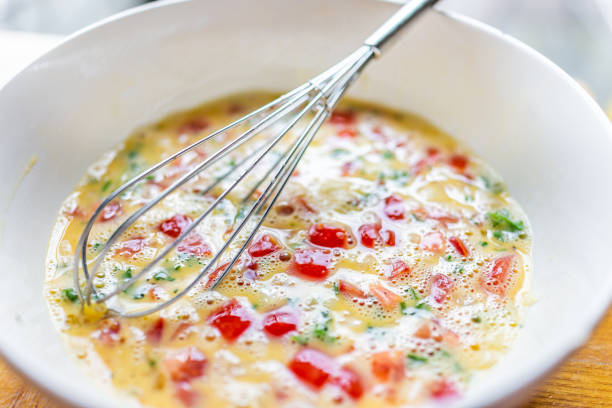
Not whisking your scrambled eggs enough 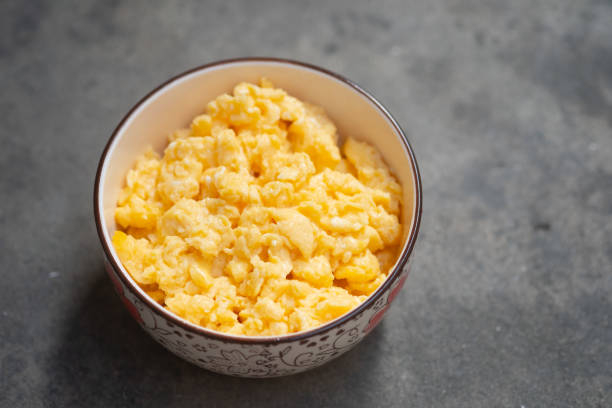
Not whisking your scrambled eggs enough -
The debate over nonstick vs. cast iron vs. stainless steel pans is never-ending. When it comes to cooking eggs, the choice is simple: use a nonstick pan. If an egg becomes stuck in the pan, it may break. Though not ideal for searing, a nonstick pan will allow your fried eggs to easily slide around on the pan's nonstick surface.
Cleanly cooked eggs should come out of the pan. Nonstick pans, for better or worse, give eggs the best chance of succeeding. While you may not use a nonstick pan for all of your cooking, they are a must when it comes to eggs. Other pans, such as stainless steel or cast iron, may cause sticking, though this is debatable in the cooking world.
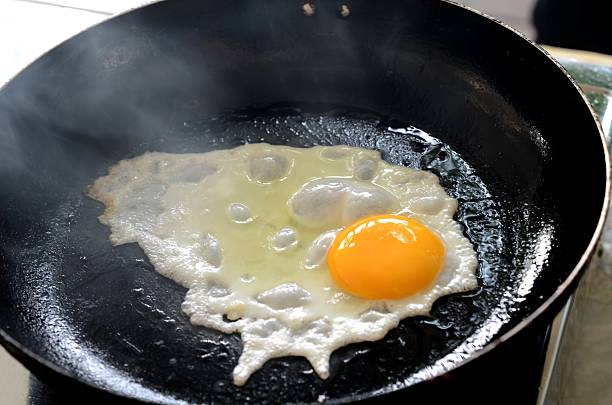
Not using a non-stick pan 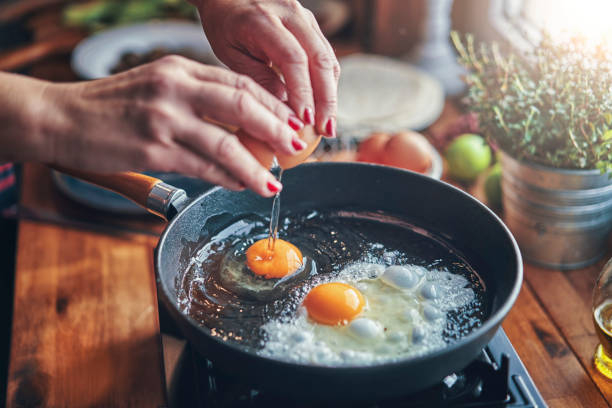
Not using a non-stick pan -
If using a nonstick pan prevents eggs from sticking to the pan, why does it matter how much fat is used to cook eggs? It's an interesting question, especially since fat is often associated with an unhealthy diet. However, it is much more complicated than that because there are "good" and "bad" fats, and every one is unique, resulting in different food lifestyles.
Aside from coating the pan so the eggs don't stick, using a lot of fat can result in a tastier egg. Cooks can also use the extra butter in the pan to drizzle over the egg. Though not everyone craves a lot of fat, using a lot of butter can help the eggs not stick to the pan and cook more thoroughly – as well as taste better. There are numerous ways to prepare eggs, and this is just one of the steps that could lead to a more filling breakfast.
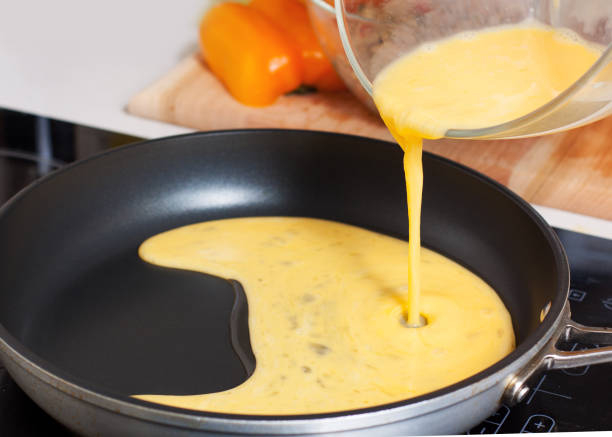
Not using enough fat while cooking the eggs 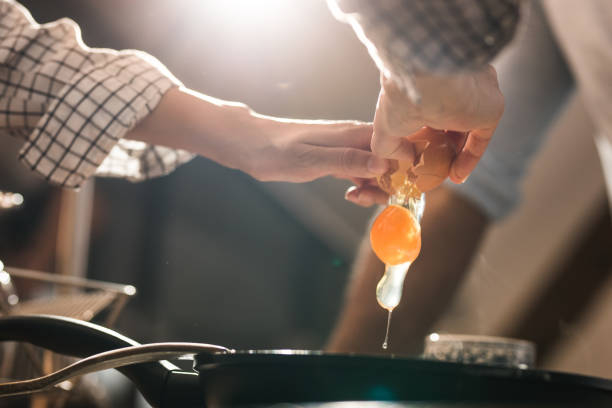
Not using enough fat while cooking the eggs -
Though there is much debate about how to properly poach eggs, cracking the eggs directly into the water during the poaching process can result in an egg disaster. As a result, the egg separates from the yolk and the egg whites become watery, which does not sound appealing.
However, there is still hope. After boiling a pot of water, turn down the heat and bring it to a brisk simmer, according to MyRecipes. As bubbles form, crack the egg into a small bowl rather than directly into the water. However, MyRecipe suggests using a spoon to create a whirlpool in the water before dropping the egg into the pot. Even when you follow all of the correct steps, making a properly poached egg is a feat in and of itself.
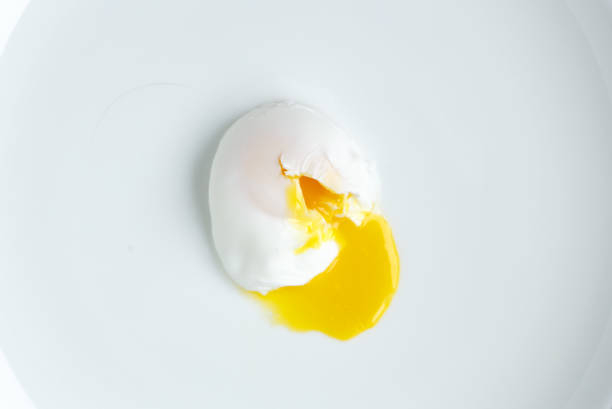
Cracking eggs directly into the water during poaching 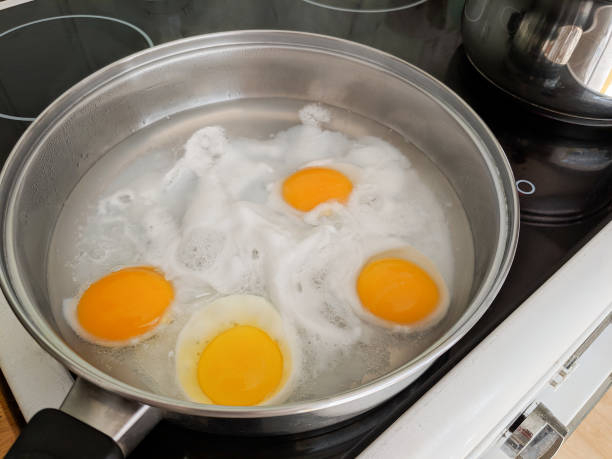
Cracking eggs directly into the water during poaching -
Making hard-boiled eggs is fraught with complications due to the ease with which they can be under or overcooked. Plus, as soon as you think they're done, temptation rears its head, and you want to peel the hard-boiled eggs right away. You may or may not have heard of an egg ice bath, but the concept behind this trick is straightforward. Because hard-boiled eggs continue to cook inside their shells, it's critical to place them in an ice bath after they've finished boiling. This method is also supposed to make peeling the eggs easier because it separates the outer egg from the shell.
Though there is some debate about how long one should wait before peeling a hard-boiled egg (not to mention when an egg should be dropped into water), an ice bath is usually the preferred method because it prevents the egg from continuing to cook in its shell.
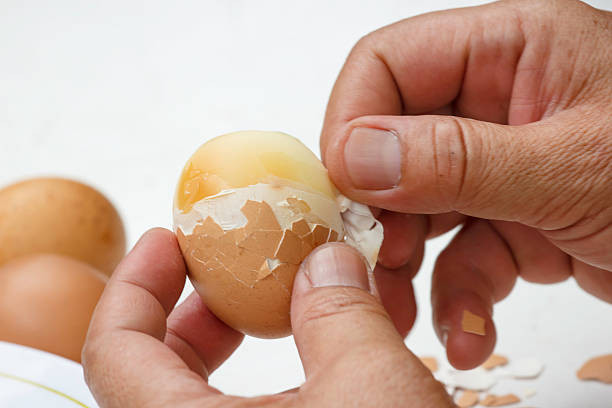
Removing hard-boiled egg shells immediately after cooking 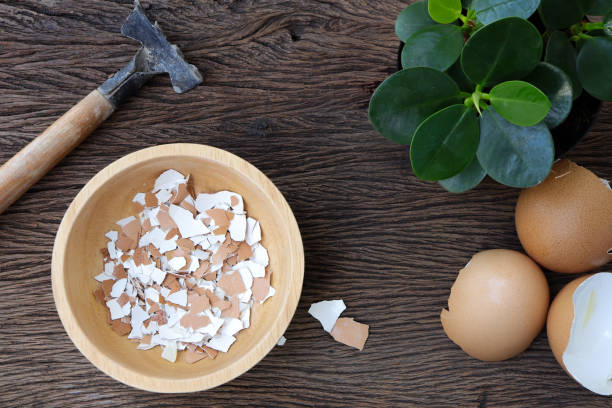
Removing hard-boiled egg shells immediately after cooking -
Even how you season an egg can be considered an error. Some people believe that seasoning scrambled eggs before cooking is the correct method, while others believe that seasoning scrambled eggs after cooking is the correct method. Some cooks season scrambled eggs after they're done to add more flavor. At least in some circles, the more flavor, the better.
According to Bon Appétit, the idea behind seasoning eggs while whisking them is that it results in softer scrambled eggs. Because the seasoning has more time to work its way into the egg, the flavors are more robust. It is advised to season them 15 minutes before cooking. Whether you have that much time to wait for something as quick as eggs or not, seasoning your scrambled eggs before cooking them can result in better results.
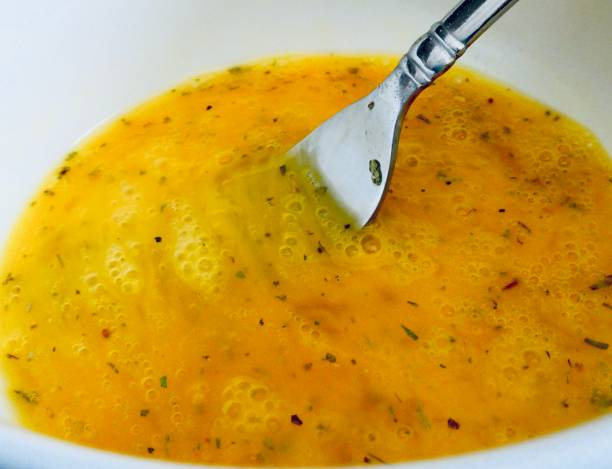
Seasoning scrambled eggs at the wrong time 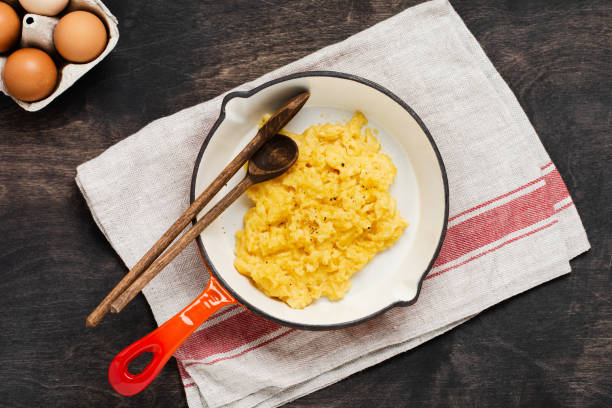
Seasoning scrambled eggs at the wrong time -
Adding milk or cream to scrambled eggs should make them fluffy. And the fluffy scrambled eggs are worth the admission price. However, if you use eggs with orange yolks rather than yellow yolks, no milk or cream is required. Though your taste buds may disagree, adding additional ingredients such as milk can help to eliminate the eggy flavor. Milk can also alter the texture, resulting in a rubbery texture. Because you'd be adding liquid to the eggs, milk could cause them to become runny, causing you to overcook them as you try to cook off the liquid. The objective is to produce fluffy eggs.
However, for every chef who chooses not to use milk or cream, there is another who adds some form of cream to scrambled eggs. Above all, as long as your eggs aren't overcooked, you should be just fine. While eggs may appear to be a simple food to prepare – and they can be with practice and a lot of patience – they are actually experimental and hotly debated.
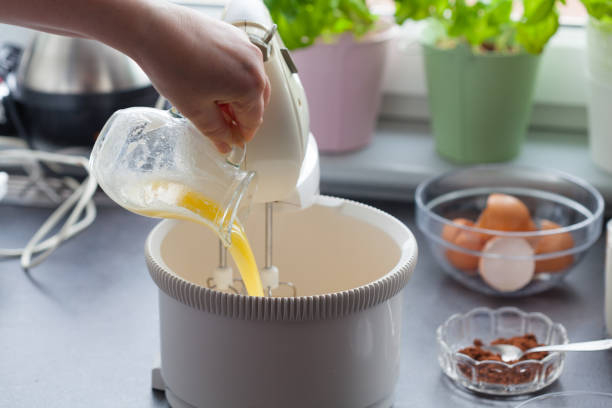
Adding milk or cream to your scrambled eggs 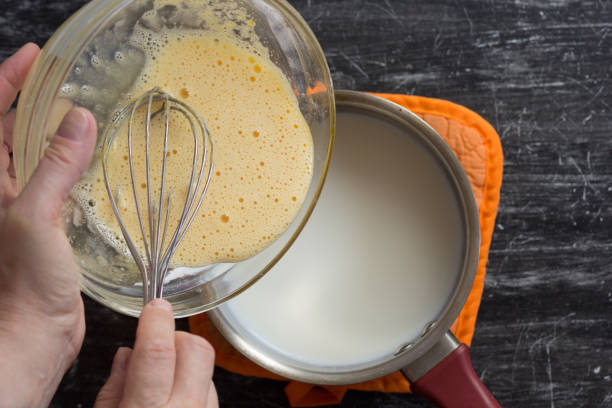
Adding milk or cream to your scrambled eggs













